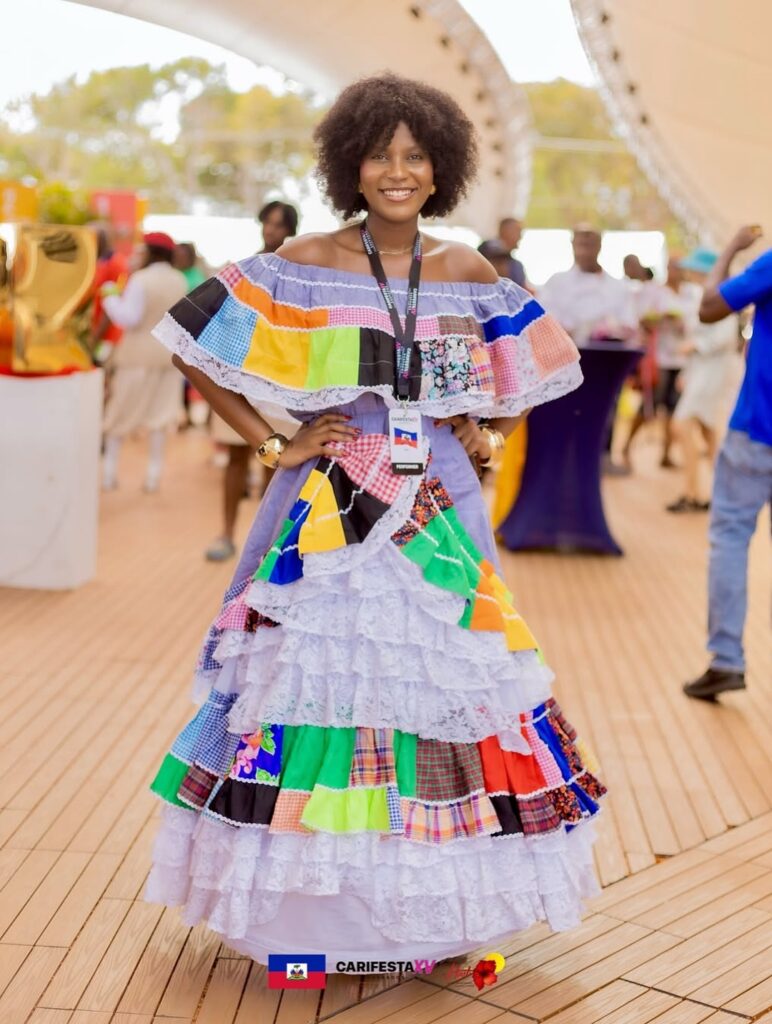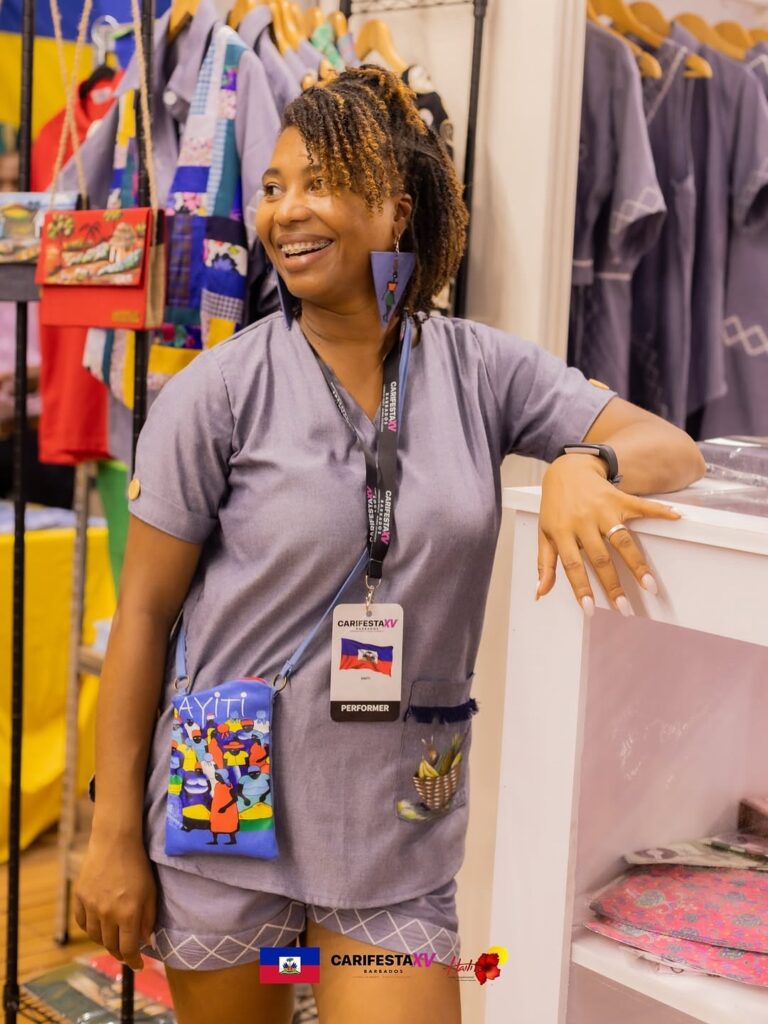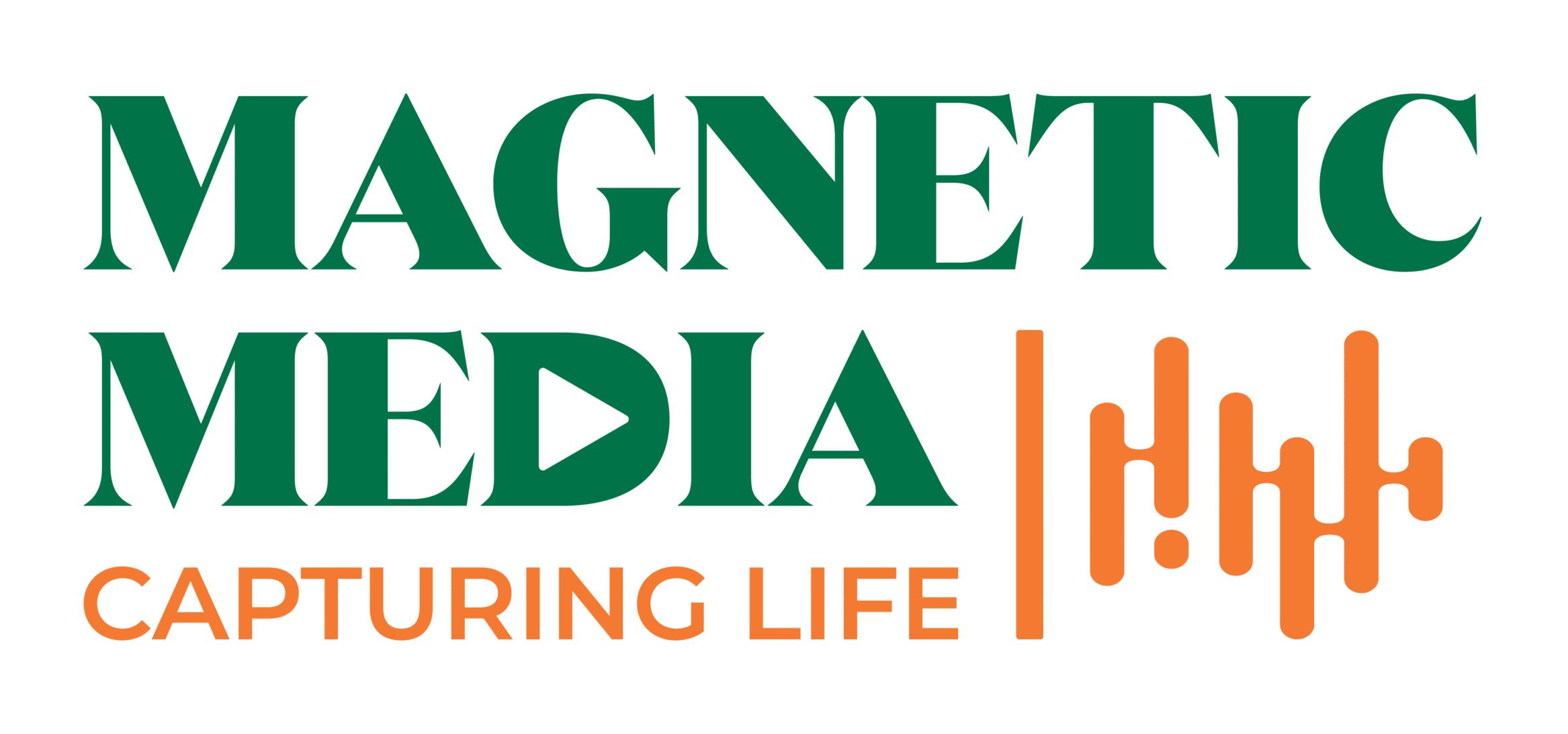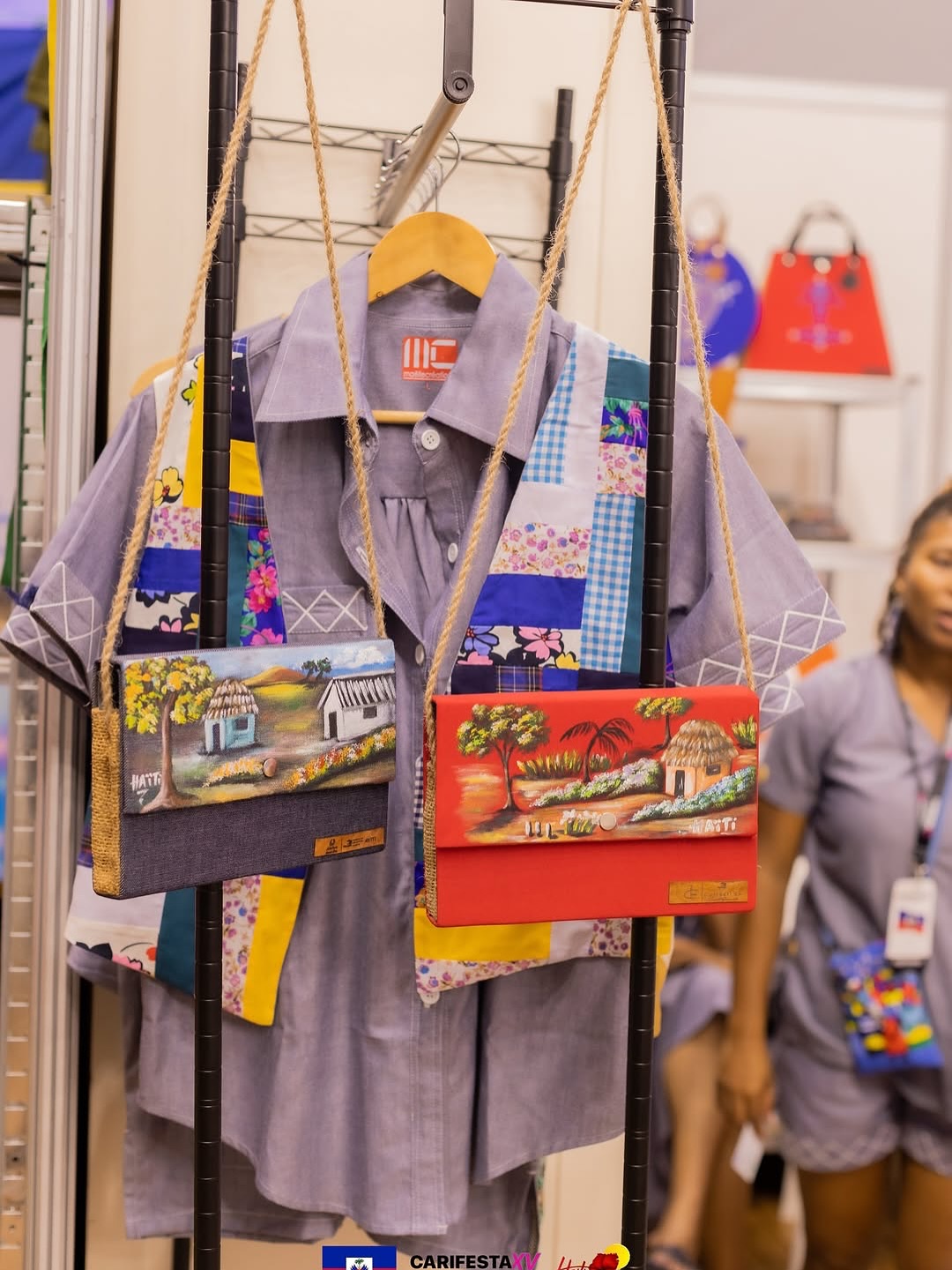Not just that Haiti created—what they created: wearables blooming with the national hibiscus and storybook village scenes.
At CARIFESTA XV’s Grand Market, Haiti’s pavilion read like a moving boutique: clothing, sandals, bags—artisan work with bright floral motifs and hand-rendered scenes you could spot from across the aisle. That’s the angle: design as resilience—and it photographed beautifully.
Why hibiscus matters in the shots
Haiti’s national floral emblem is the hibiscus (“choublak”), so seeing it stitched, beaded, or hand-painted onto accessories isn’t random—it’s identity on fabric. It’s also widespread in Haitian design language beyond CARIFESTA.


The village scenes (“ti peyizaj”) aren’t just cute
Those market/village vignettes come out of Haiti’s naïf/folk art tradition—long-standing motifs that migrated from canvas to textiles and accessories (hand-painting and beadwork). Some Haitian labels and ateliers regularly translate these visuals onto handbags and clothing; the same craft lineage showed up in Bridgetown.
Proof it wasn’t just runway hype
CARICOM’s own feeds framed the Grand Market as a fashion + craft hub with daily designer showcases, while news recaps and Haitian pages highlighted the handicraft mix (sculpture, embroidery, jewelry, clothing, bags).
That’s your receipts.
Angle by Deandrea Hamilton. Built with ChatGPT (AI). Magnetic Media — CAPTURING LIFE.







